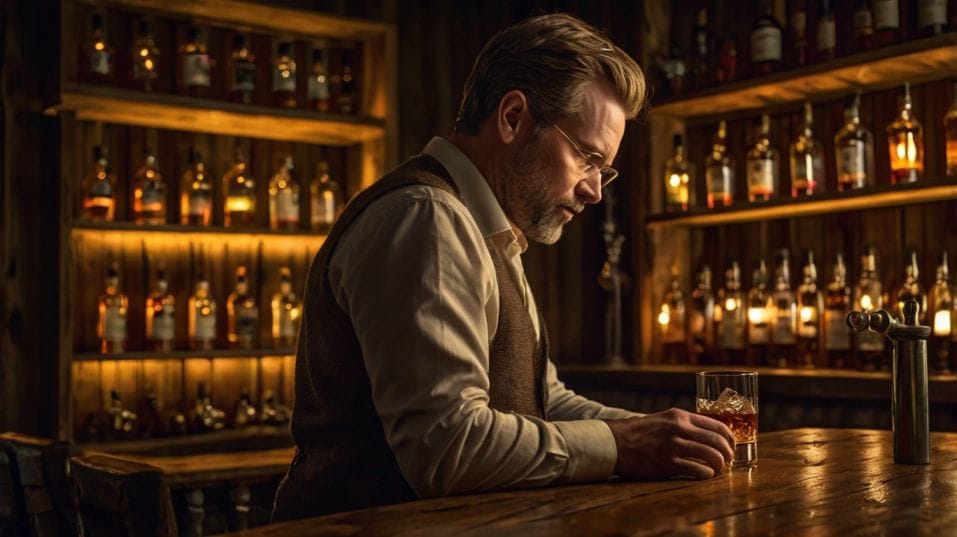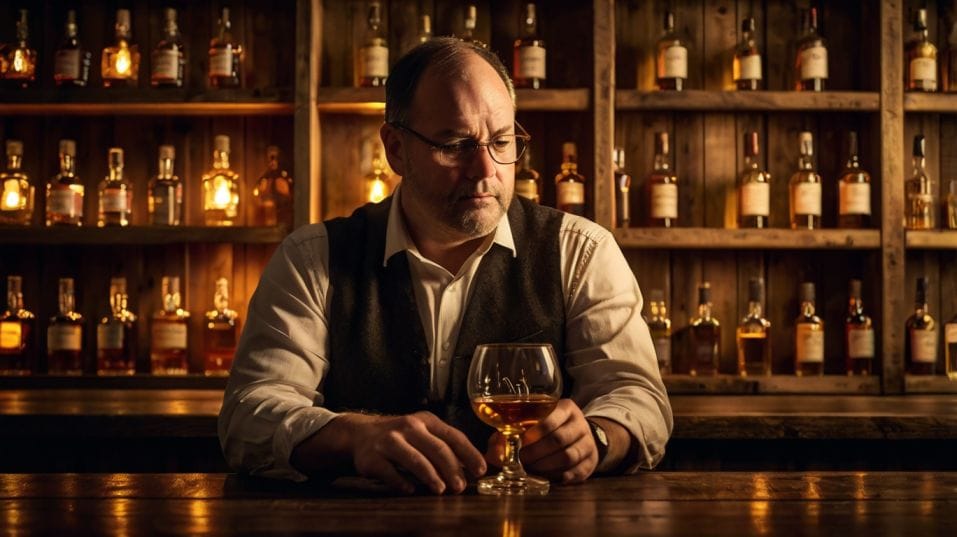The Difference Between Blended and Single Malt
Curious about whiskey? Learn the real difference between blended and single malt so you can taste smarter, collect better, and drink with intent.

Ever wonder why one whiskey tastes bold and wild, while another feels smooth and seamless? If you're early in your whiskey journey, there's a key divide you need to understand: blended vs. single malt.
This isn’t just label talk—it’s the difference between drinking passively and tasting with purpose. Learn what each style reveals, how to spot quality, and how to build a whiskey shelf that actually reflects your palate—not just the hype.
What Single Malt Really Means (And Why It Matters)
Forget the phrase “single malt” as some elite tier of whiskey. Strip away the marketing. What it actually means is simple:
- 100% malted barley
- Distilled at a single distillery That’s it. No “single barrel,” no secret sauce. It’s not about rarity—it’s about identity.
A single malt is a distillery’s statement piece. It reflects their still shape, their fermentation style, their oak choices. Every bottle is an exercise in control.
They can blend together barrels of different ages or cask types, but they can’t borrow from anyone else. That’s what makes single malts so revealing.
Taste a few and you’ll start spotting patterns—maybe you notice Glenlivet leans floral and light, while something from Islay punches with smoke and iodine.
That’s not coincidence. It’s house style. Think of it like fashion design: same raw materials, but the cut, texture, and finish are wildly different depending on who's behind it.
The best single malts don’t chase balance—they chase character. They push you into one flavor lane and double down. If you want to build a palate, single malts teach you what barley can do under pressure.

Blended Whiskey: Less Pure, More Powerful
Blended whiskey doesn’t have the same purist reputation—but that’s because most people don’t understand what blending actually is. It’s not “diluting.” It’s composing.
What’s Actually in a Blend?
A typical blend includes two components:
- Malt whiskey (usually from several distilleries)
- Grain whiskey (lighter, distilled from corn or wheat)
Grain whiskey is the unsung hero here. It’s clean, subtle, and meant to highlight—not overshadow—the malts.
Together, they make something smoother, more consistent, and often more drinkable than many single malts, especially for beginners.
Great blends aren’t shortcuts. They’re blueprints. Master blenders spend decades learning how to layer flavors, soften rough edges, and find a through-line across different barrels and distilleries.
In fact, blending might be the most underappreciated skill in whiskey—because when it’s done well, it feels effortless. And when it’s not, it’s obvious.
If single malt is a soloist, then a blend is the band. You’re tasting harmony over spotlight. You’re tasting vision over ego.
For a whiskey drinker, it means learning to pay attention to balance, transition, and texture. That’s how your palate levels up.
Tasting With Intent: How to Know What You’re Actually Drinking
Here’s the deal: anyone can say “smooth” or “smoky.” That’s fine when you’re starting out. But real confidence in whiskey comes from naming specifics.
Is that peat earthy or medicinal? Is the sweetness from sherry or corn? That kind of fluency starts with knowing how single malts and blends present flavor differently.
What to Look for in Each Style
With single malts, look for:
- Bold entry notes—nothing’s softened
- Clear sense of place (coastal brine, Highland honey, Speyside orchard fruit)
- Spikes of character: sharp spice, dense smoke, grassy malt
With blends, pay attention to:
- Flow: how does the flavor move from start to finish?
- Balance: do elements complement or cancel each other?
- Finish: is it long, clean, flat, or surprisingly rich?
Train your palate by tasting the two side by side. Don’t race through it. Sip each neat, then with a drop of water. Note how one evolves while the other stays centered. You’re not just drinking—you’re decoding.
Smarter Collecting Starts With Knowing the Game
If you’re building a whiskey shelf (or planning to), understanding the single malt vs. blend divide gives you real strategy.
Single malts are about exploration. Collect them to map distilleries, regions, and flavor types. Look for different cask finishes—bourbon, sherry, port—and track how they shape the base malt.
As your palate sharpens, you’ll start spotting trends in cask selection, age influence, and even bottling strength.
Blends, on the other hand, are underrated for calibration. Want to know what a top-tier malt might taste like when rebalanced?
Grab a blend that uses it in the mix. Curious about how peated and unpeated whiskeys interact? Blends will show you. They’re also where many distilleries test innovation subtly—so don’t dismiss them as basic.
Also: blends travel better in groups. If you’re hosting or gifting, a refined blend often lands better with a mixed crowd. It teaches you versatility and generosity as a collector—not just connoisseurship.
Final Thoughts
Blended whiskey and single malt whiskey aren’t rivals. They’re different tools. One is focused and distilled through a single vision. The other is layered, crafted, and designed for broader impact.
Learning both doesn’t just make you a smarter drinker—it makes you harder to fool and more in control of what you actually enjoy.
So start now. Pick a single malt you’ve never tried and a blend that intrigues you. Taste them deliberately.
Pay attention to what your mouth actually tells you. Build your palate one bottle at a time, and you’ll never drink whiskey the same way again.




